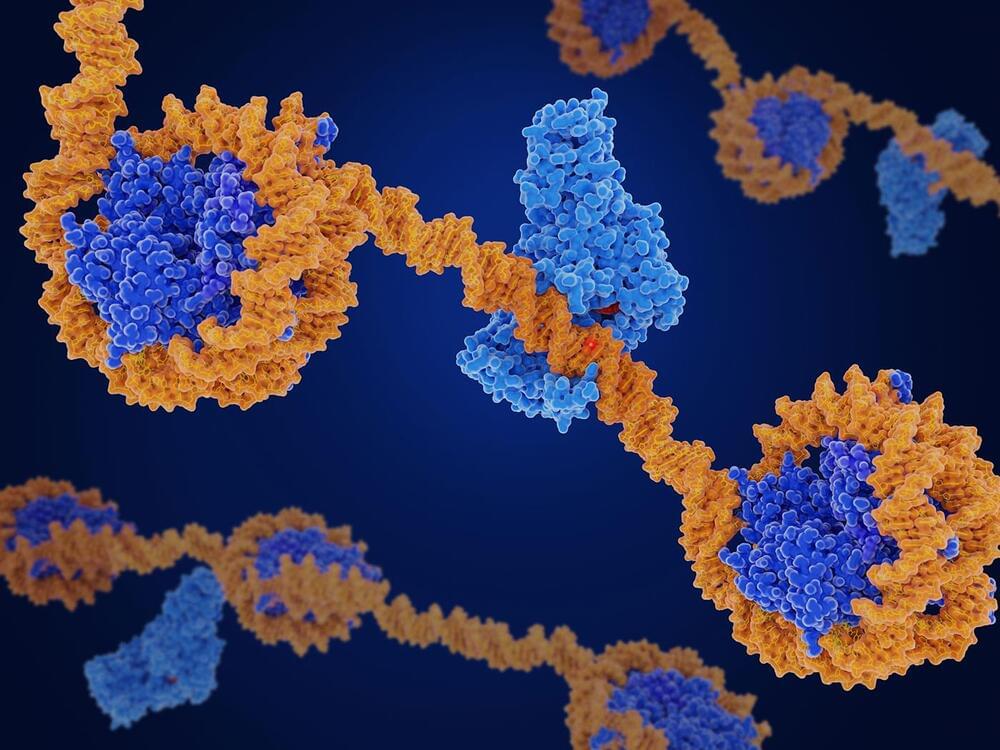Expand your scientific horizon with Brilliant! 🧠 Use my link https://brilliant.org/DrBrianKeating/ to get 20% off the annual premium subscription.
Will AI ever surpass human intelligence, discover new laws of physics, and solve the greatest mysteries of our universe?
This week on Into the Impossible, I explore the potential and dangers of artificial intelligence with none other than Max Tegmark!
Max Tegmark is a renowned physicist and machine learning expert who dedicated his career to uncovering the mathematical fabric of reality, proposing that our universe itself might be a vast mathematical structure and that we could be living in a multiverse of endless possibilities. His work goes beyond physics to tackle the transformative power and ethical challenges of artificial intelligence, an area where he believes humanity must tread carefully.
In the second part of our fascinating interview, we discuss the development of AI, the impact it will have on science, and our role in all of this.
Tune in to discover if AI will ever surpass human intelligence!





